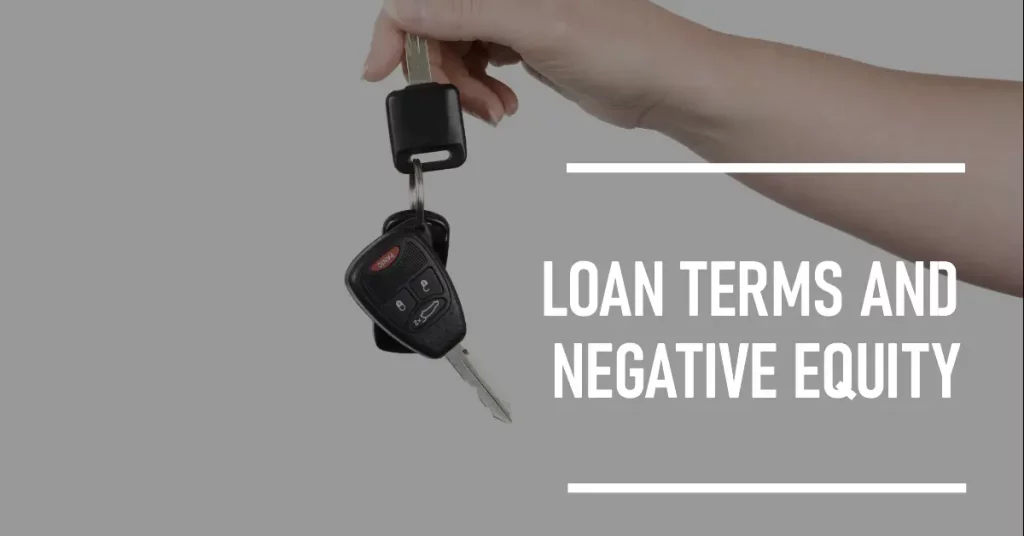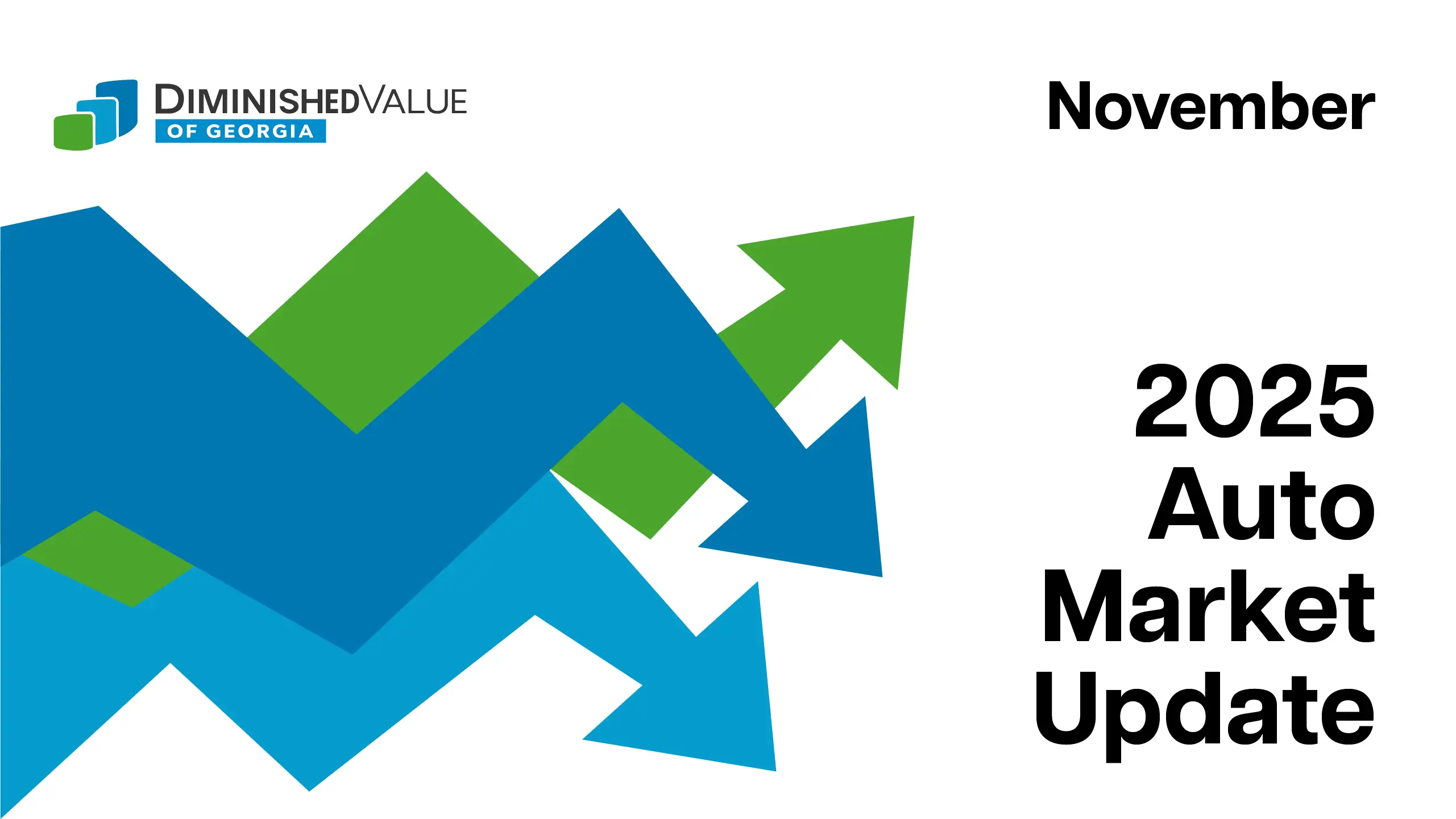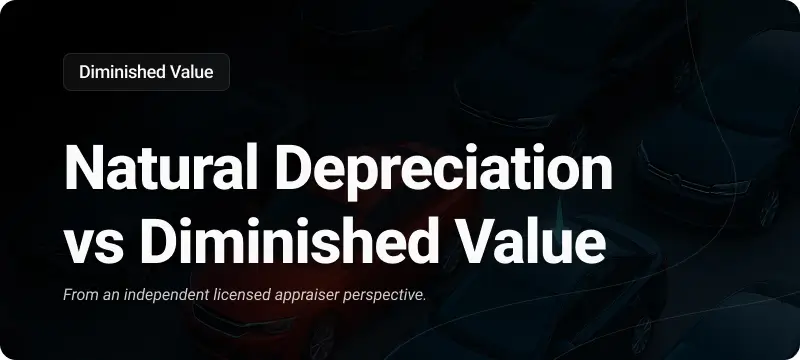Introduction
When purchasing a car on finance, many buyers focus primarily on the sticker price and monthly payments. However, the terms of the loan, especially its duration, play a crucial role in determining whether a buyer might face negative equity.
The recent Consumer Financial Protection Bureau (CFPB) report provides valuable insights into how various loan terms influence the risk and extent of negative equity. Grasping these dynamics is essential for making wise financial decisions and preserving your financial health.

Understanding the Impact of Loan Terms on Negative Equity in Auto Financing (PDF)
What is Negative Equity?
Negative equity, or being “upside down” on a loan, occurs when the outstanding balance on an auto loan exceeds the vehicle’s current market value. This situation can be financially burdensome, making it difficult to sell or trade the vehicle without incurring a loss. It also increases the risks of loan delinquency and repossession.
Key Insights from the CFPB Report
The CFPB report, which examined auto loan data from 2018 to 2022, revealed several critical trends regarding negative equity:
- Prevalence: During this period, 12% of auto loans were found to involve negative equity.
- Borrower Characteristics: Those with negative equity typically had lower credit scores, and longer loan terms, and were more likely to have co-signers than other borrowers.
- Financial Risks: Borrowers with negative equity faced higher chances of default or delinquency due to the compounding of risky loan attributes.
| No trade-in | Positive equity trade | Negative equity trade | |
|---|---|---|---|
| Vehicle price | $28,664 | $35,461 | $32,316 |
| Amount financed | $26,767 | $28,244 | $36,805 |
| Percentage of loan put down | 16% | 26% | 0.2% |
| Monthly payment | $493 | $496 | $626 |
| Contract interest rate | 8% | 6.1% | 7.70% |
| Loan term | 67 months | 68 months | 73 months |
| Loan-to-value ratio | 102% | 89% | 119% |
| Payment-to-income ratio | 8.2% | 7.7% | 9.8% |
| Co-borrower | 29% | 31% | 34% |
| Credit score | 732 | 752 | 704 |
| Monthly household income | $8,724 | $9,175 | $8,263 |
| Percentage of transactions | 56% | 32% | 12% |
How Loan Terms Influence Negative Equity
Loan Duration and Vehicle Depreciation
One of the most significant factors contributing to negative equity is the length of the loan term. Longer loan terms, which have become increasingly popular, spread payments over more years, leading to lower monthly payments. However, this can cause several problems:
- Slower Equity Growth: Longer loan terms mean that equity builds more slowly, as more of the early payments are applied to interest rather than principal.
- Rapid Depreciation: Vehicles depreciate quickly, especially in the first few years. If the loan term is too long, the car’s value may decrease faster than the loan balance, resulting in negative equity.
Interest Rates and Monthly Payments
Loan terms also affect interest rates and monthly payments. While longer terms can reduce monthly payments, they often come with higher interest rates. This increases the total interest paid over the life of the loan, exacerbating negative equity.
Loan-to-Value (LTV) Ratio
The Loan-to-Value (LTV) ratio is an essential metric in auto financing that assesses the proportion of the vehicle’s cost covered by the loan. A high LTV ratio indicates that the borrower is financing a significant portion of the car’s price, which increases the likelihood of negative equity.
This situation arises because cars depreciate quickly, and if the loan amount is too close to or exceeds the vehicle’s market value, the borrower might end up owing more than the car is worth. Managing the LTV ratio effectively can help prevent negative equity, making it easier to maintain financial stability and avoid losses when selling or trading the vehicle.
Consequences of Long Loan Terms for Borrowers
Financial Stress
The CFPB report indicates that borrowers with negative equity generally have higher monthly payments relative to their income. This payment-to-income ratio is a critical measure of a borrower’s ability to manage debt. Higher ratios suggest that a significant portion of the borrower’s income is devoted to the auto loan, reducing their financial flexibility and increasing the risk of financial hardship.
Increased Risk of Repossession
Borrowers with negative equity and longer loan terms are more likely to face repossession. The CFPB report highlighted that borrowers who were upside down on their loans had a higher likelihood of having their vehicles repossessed within two years. Repossession can severely damage credit scores and result in the loss of transportation, further straining financial stability.
Strategies to Prevent Negative Equity
Opt for Shorter Loan Durations
Selecting shorter loan durations is a key strategy to prevent negative equity. Though this might result in higher monthly payments, it allows borrowers to build equity more quickly and decreases the overall interest paid over the life of the loan. To minimize the risk of negative equity, aim for loan terms that do not exceed 60 months.
Increase Your Down Payment
Making a larger down payment significantly reduces the loan amount and the Loan-to-Value (LTV) ratio, thereby lowering the risk of negative equity. A substantial upfront payment means you owe less in relation to the vehicle’s value, making it less likely to become “upside down” on the loan.
Evaluate the Total Cost of Ownership
When considering loan options, take into account the total cost of ownership, which includes factors such as interest rates, insurance, maintenance, and depreciation. By understanding these expenses, borrowers can make more informed decisions and choose loan terms that better match their financial objectives.
Conclusion
The CFPB’s report emphasizes the importance of understanding how loan terms can impact negative equity in auto financing. While longer loan terms might seem attractive due to lower monthly payments, they can lead to financial challenges, such as higher interest rates, slower equity build-up, and increased risk of default and repossession.
By choosing shorter loan terms, making larger down payments, and considering the total cost of ownership, auto buyers can navigate these challenges and maintain better financial health.
Are you ready to make informed decisions about your next auto loan?



